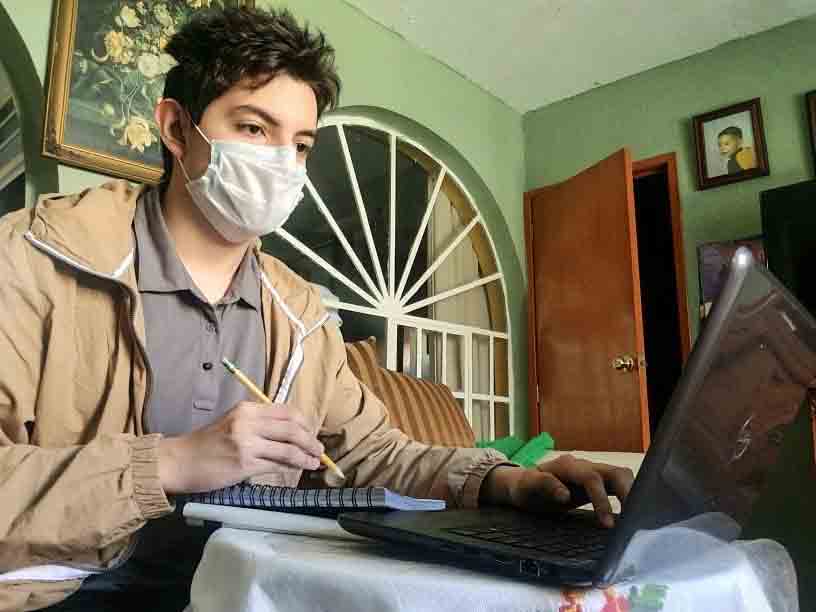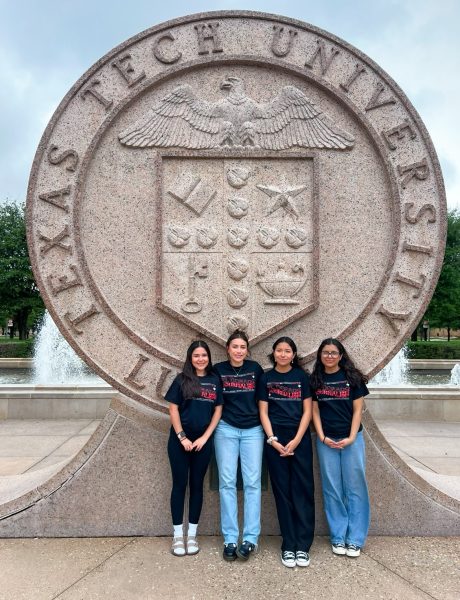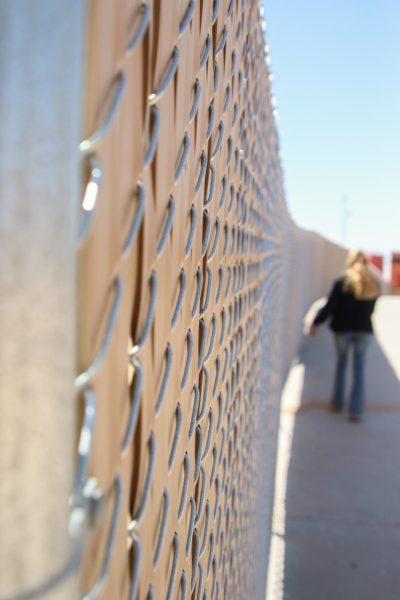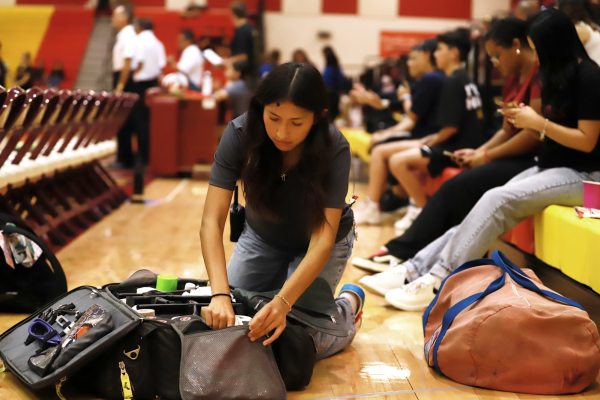A Whirlpool of Exhaustion
Months into the pandemic, students feel worn down by remote learning
Photo by student submission
Junior Adrian Garcia attends class from home during the COVID-19 pandemic.
Exhaustion. Minimal motivation. Prolonged stress.
These emotions circulate over and over in the mind of senior Paris Hudson as she turns on auto-pilot, rubs her forehead temples and lays in bed beside an overly-familiar computer screen, awaiting to begin another day of remote learning. Like a whirlpool caused by conflicting currents, students are sucked into a vortex otherwise known as burnout.
As COVID-19 cases persistently rise and schools continue operating remotely, students feel the repercussions of spending eight hours glued to their computer screens. According to epstrong.org, the cumulative positivity rate for COVID-19 was as high as 11.83 percent at the end of February. For students like Hudson, the burnout from remote learning seems infinite.
“School has become really hard at home. I am used to being able to quickly ask teachers for help and classmates,” Hudson said. “Now I feel rushed, and having the bed right around the corner does not help.”
Initially, remote learning served as a way for students to put their focus into something other than being isolated at home, even if it was a remote escape. However, many students like junior Diego Ortega, felt that the line between work and home became blurred, as he molded his school workspace to fit within the now-interrupted comfort of home.
“Remote learning has burnt me out because we are home, so I feel like I am mentally and physically at home during school,“ Ortega said. “I have become less proactive overall.”
For many students, the school day does not end at 4:15, increasing the time spent glued to their devices even more. Between NHS, leading the school newspaper and a demanding IB course load, junior Paola Duran said that she often finds herself closing her laptop at 7 p.m. or later on some days.
“Getting off of school so late makes me feel super exhausted,” Duran said. “It makes me feel like I wasted the day doing stuff for teachers and school without getting a break and having any time for myself.”
Despite the burnout, students like junior Olivia Nares continue to push forward and meet the demands of both school and personal lives.
“I’ve been looking at the future and thinking, ‘if I do all this work, then it will all be worth it in the end?’” Nares said. “This doesn’t mean I don’t balance my education and my personal life. I’ve come to learn that sometimes I need to take a break and just kind of stop and smell the flowers.”
According to esc.19.net, the Texas Education Agency (TEA) has implemented four color-coded safety zones to ensure a safe return to in-person learning. All students who selected the in-person learning option will not be allowed back on campus until the hospitalization rate in El Paso county falls below 10 percent, meaning students may have to combat burnout even longer. Despite these circumstances, students like junior Leeann Mclemore have found ways to manage this whirlpool of exhaustion.
“To manage the constant exhaustion from remote learning, I have found that creating boundaries is essential,” Mclemore said. “I have made it a rule that if I am not done with something related to school in under an hour, I roll it over to the next day or week.”







